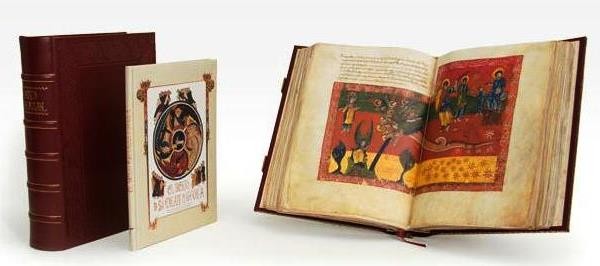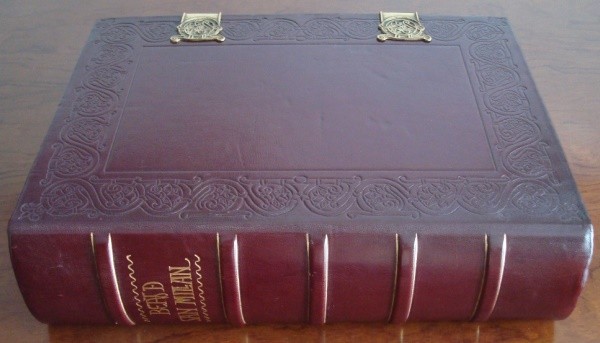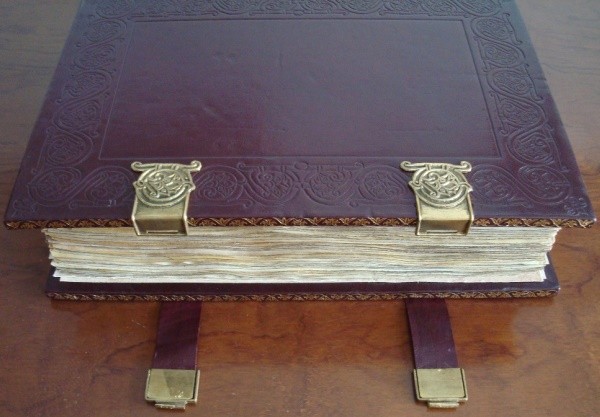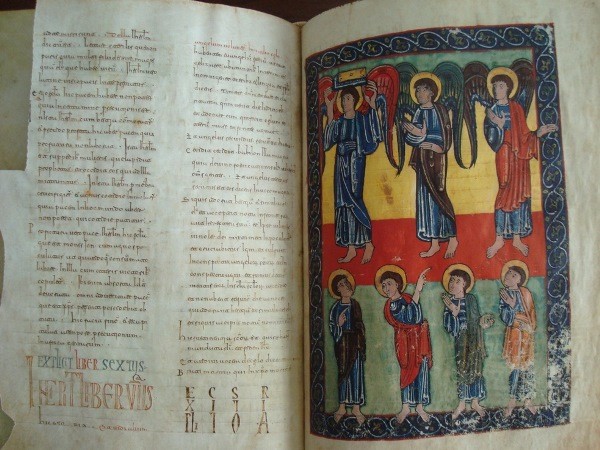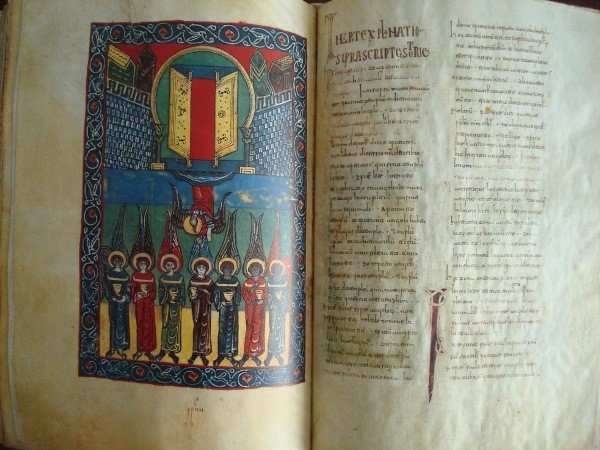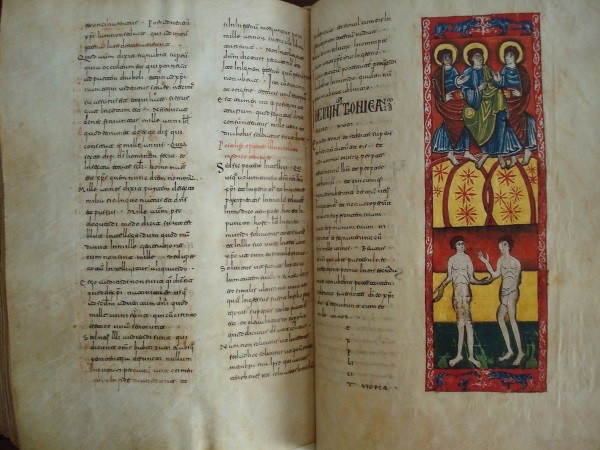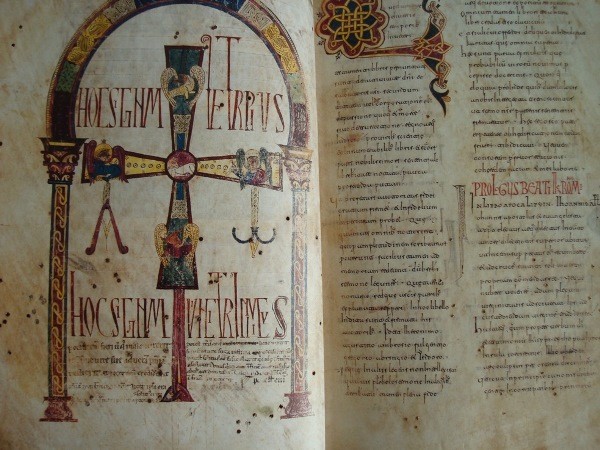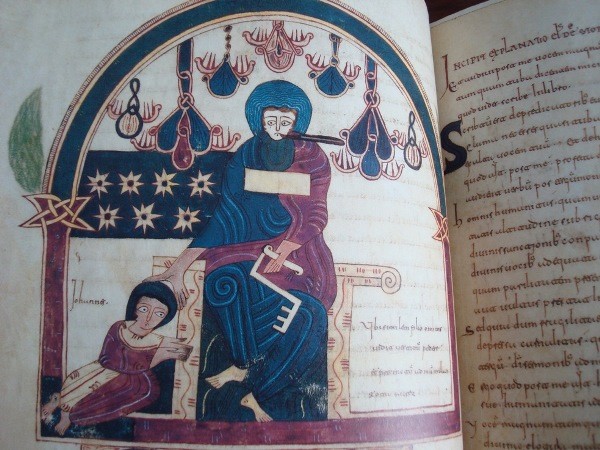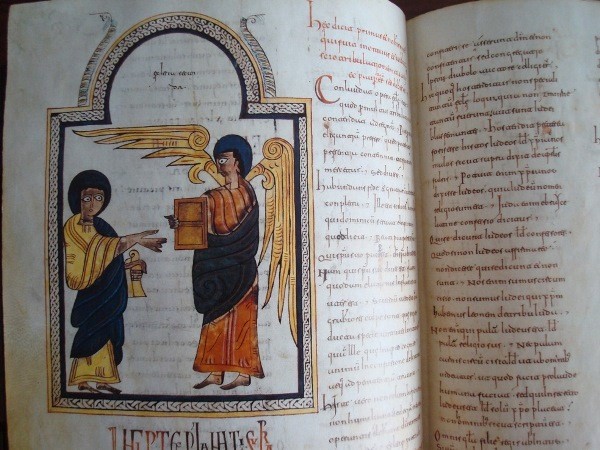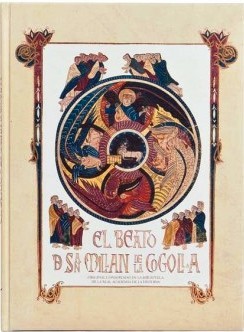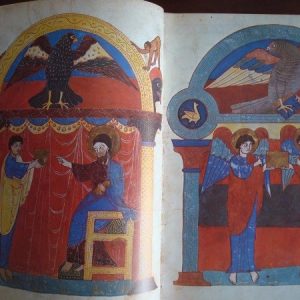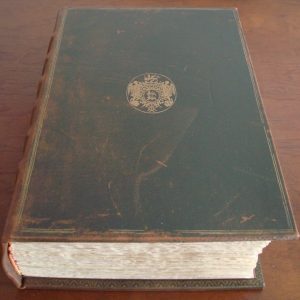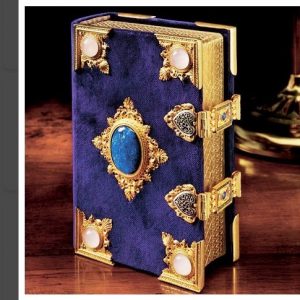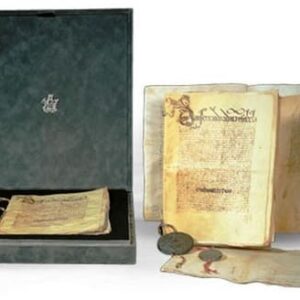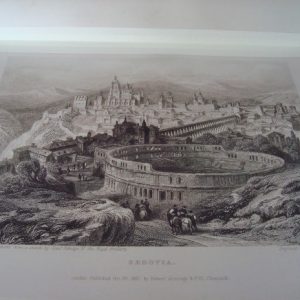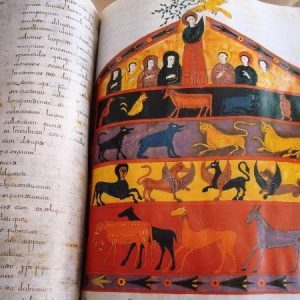Description
Facsimile edition of the most comprehensive of the three blesseds who had the Rioja monastery of San Millan in the early Middle Ages (the others are the Vitr. 14, 1 of the National Library of Madrid, and the & .II.5 of El Escorial, both the X century). Currently, as many other emilianenses codices, preserved in the Library of the Real Academia de la Historia.
It consists of 282 folios of parchment, 355 x 240 mm., with Visigothic script on two columns. The codex was executed in two different times: a main hand led him to the Folio 228, but without the thumbnails. This hand at the end of X or early XI century, and its performance and the quality of the parchment is placed, indicate lack of materials, justifiable means for the state of Rioja because of the campaigns of Almanzor, that in a of his last aceifas, he destroyed the monastery of San Millán. In the second half of the eleventh century, with the economic boom that knows the great Rioja monastery, they decided to complete the unfinished Blessed, working on it several more rough and with clear Carolingian influences and hands. It is at this time when the blanks left by the first copyist with 48 miniatures, resorting to the use of a color other than those used in the early medieval Rioja are filled. In developing these models two different techniques are observed, since even the Folio 92 is conventionally called the Moorish style is followed, while in later Romanesque used. In written in the second half of the eleventh part only he introduced a miniature.
On folio 58 a note tells us that the codex was copied by Albino in times of Benito, eighth abbot of the monastery in the year 670, but today we know that was added in the seventeenth century, which was also in other parts to confer senior to them and to the monastery of San Millán.
Facsimile copy of the special edition of the Spanish publishing Testimony, limited and numbered.
Shipping by the buyer, upon request and destination. Ask us any questions and any other Beato, fax or item he seeks.




